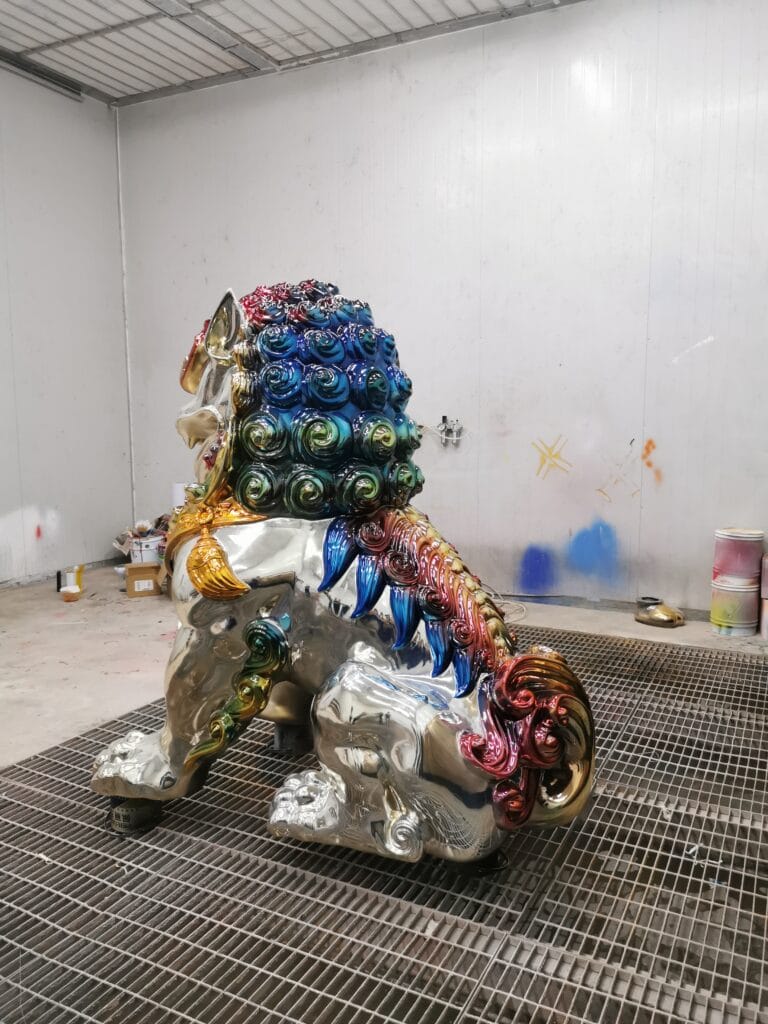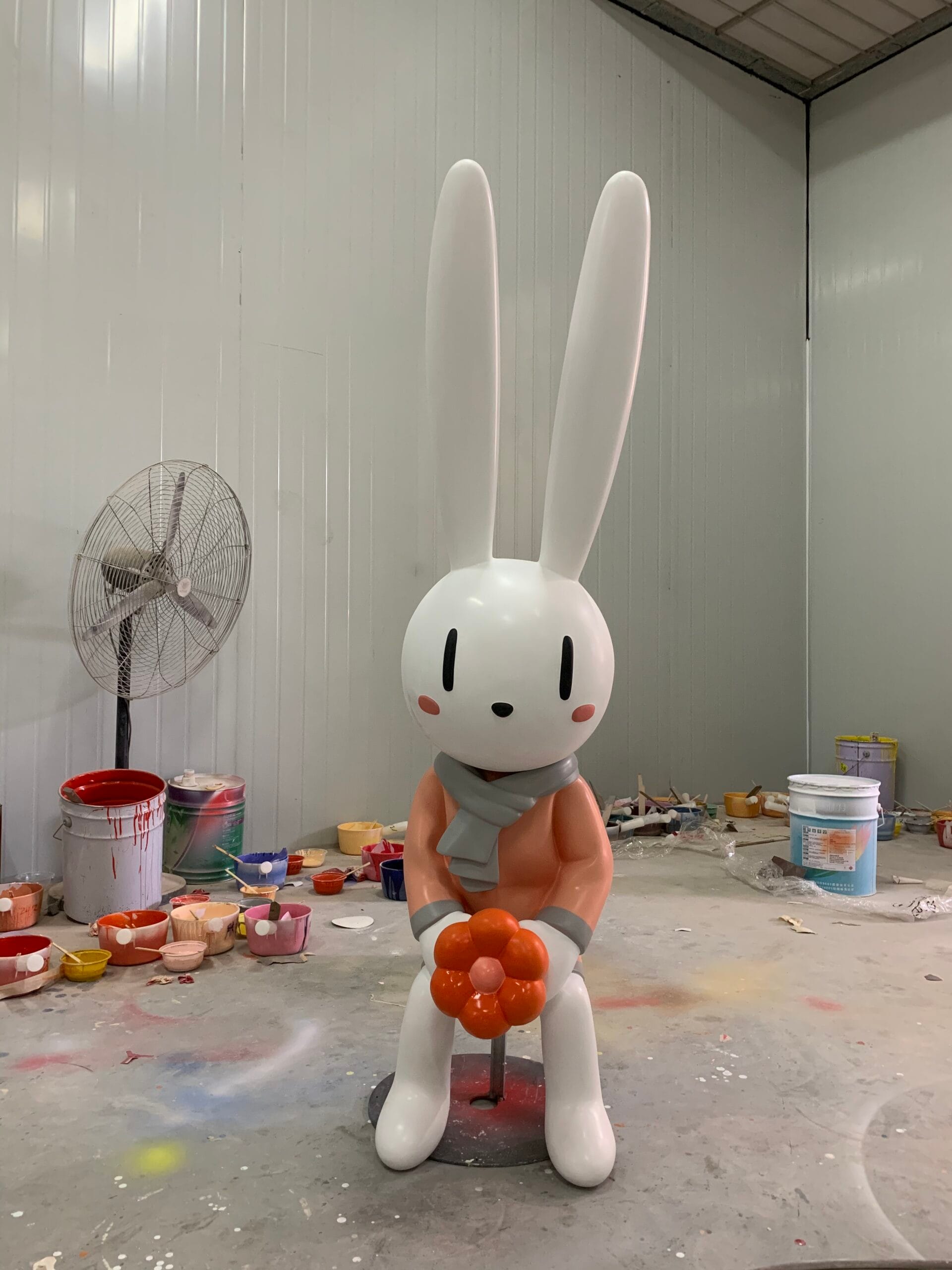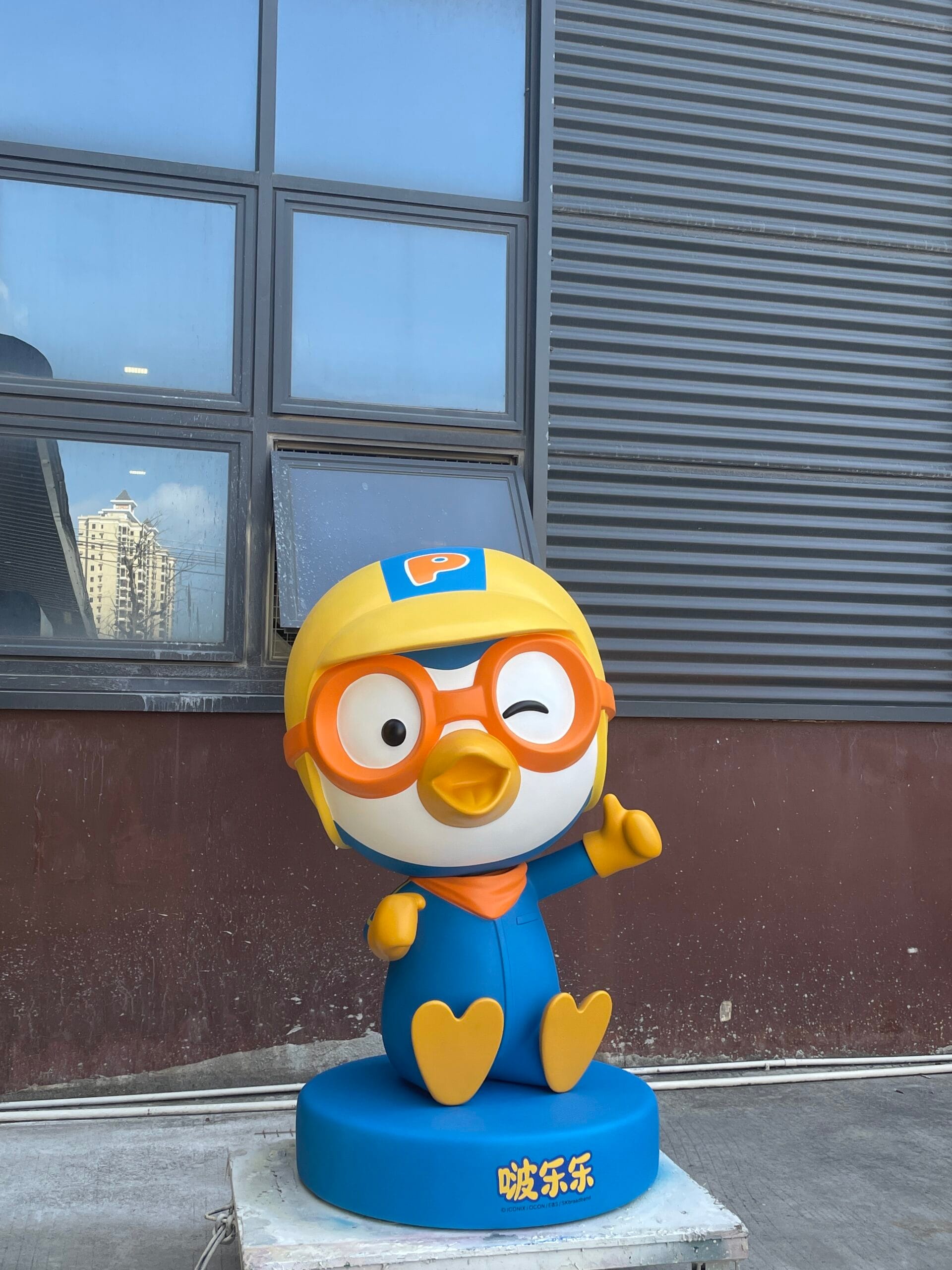IP Licensing Compliance | Licensed Merchandise Production | Mitigating Copyright Risks
1. Introduction
In commercial displays, pop-up stores, theme parks, and exhibitions, IP-based props and licensed merchandise have become pivotal tools for boosting brand value and attracting audiences. Iconic IPs like B.Duck, Pokémon, POP MART, and LINE FRIENDS generate immense commercial opportunities—but they also carry significant copyright compliance challenges.
🔹 Key Concerns for Brands and Businesses:
✅ How to legally obtain IP licenses and avoid infringement?
✅ Which legal clauses are critical during production?
✅ Are manufacturers/agents liable for copyright risks?
This guide combines legal frameworks and industry best practices to provide a step-by-step roadmap for ensuring compliance in IP prop manufacturing. Learn how brands, commercial property managers, and display suppliers can operate safely in the booming IP licensing market.
2. Core Legal Considerations in IP Prop Production
💡 Copyright vs. Trademark vs. Design Patent: Know the Difference
IP-based products involve three primary intellectual property rights:
1️⃣ Copyright: Protects original designs (e.g., cartoon characters, 3D sculptures).
2️⃣ Trademark: Covers branded names, logos, or symbols used commercially.
3️⃣ Design Patent: Prevents unauthorized replication of patented IP designs.
⚠ Critical Reminder: Publicly available IPs ≠ free to use!
🎯 Case Studies:
🔸 POP MART vs. Counterfeit Manufacturers (2019) – Unlicensed “blind box” replicas led to multi-million-dollar penalties.
🔸 LINE FRIENDS’ Global Crackdown – Unauthorized production of Brown & Friends merchandise resulted in product recalls and lawsuits.
3. A 4-Step Compliance Checklist for IP Prop Manufacturing
🔹 Step 1: Secure Official IP Licensing
💡 Why It Matters:
Licensing is the only legal pathway to produce IP-based props. Unauthorized manufacturing constitutes infringement.
✅ Authorized Licensing Channels:
- Direct Licensing: Partner with IP holders (e.g., Disney, Sanrio, B.Duck’s licensor Mercis B.V.).
- Agency Licensing: Work with authorized agents like IMG or CAA-GBG.
- Co-Branding: Collaborate with IP owners for limited-edition products.
🎯 Success Stories:
🔸 B.Duck × K11 Art Mall Exhibition – Compliant production via Mercis B.V.’s licensing.
🔸 Ali the Fox × Tmall Double 11 Campaign – Directly licensed by Dream Castle Culture.
⚠ Risk Alert: Manufacturers cannot produce IP props without written authorization, even for custom projects!
🔹 Step 2: Define Licensing Scope & Usage Rights
💡 Why It Matters:
Licenses come with strict terms—exceeding them risks legal action.
✅ Key License Clauses:
- Term: Typically 1-3 years (renewal required).
- Territory: Restricted to specific regions (e.g., North America, EU).
- Application: Limited to approved scenarios (e.g., displays, not retail).
- Branding: Mandatory copyright notices (e.g., “© 2024 IP Owner”).
🎯 Case Study:
🔸 POP MART × Universal Studios Pop-Up – Merchandise sales restricted to the park to prevent unauthorized resale.
⚠ Compliance Tip: Modifying IP designs without approval breaches most agreements.
🔹 Step 3: Ensure Manufacturing Compliance
💡 Why It Matters:
IP holders enforce strict quality and branding standards.
✅ Production Requirements:
- Design Approval: Submit 3D models/color schemes for IP owner sign-off.
- Copyright Labeling: Include license numbers and ownership details.
- Material Standards: Avoid banned materials (e.g., toxic paints).
🎯 Industry Benchmark:
🔸 Disney’s Shanghai Resort Sculptures – Each display bears “© Disney” to validate authenticity.
⚠ Risk Alert: Using unlicensed factories may lead to seizures, fines, or lawsuits.
🔹 Step 4: Prevent Post-Production Infringements
💡 Why It Matters:
Misusing IP props after production can trigger secondary liabilities.
✅ Post-Manufacturing Compliance:
- No Unauthorized Sales: Destroy or return props after license expiry.
- Usage Limits: Adhere to display timelines (e.g., 3-month exhibitions).
- Promotional Compliance: Credit IP owners in social media campaigns.
🎯 Case Study:
🔸 NetEase’s Onmyoji World Tour – All props were retrieved post-event to prevent misuse.
⚠ Critical Note: Selling surplus inventory = high-stakes infringement.
4. Conclusion
IP prop manufacturing is a legally intricate process involving copyright, trademark, and contractual obligations.
✅ Best Practices for Brands:
- Obtain formal licensing from IP owners.
- Audit suppliers for compliance (e.g., ISO-certified factories).
- Train teams on license terms to prevent accidental breaches.
EVHOOL Sculpture Studio – A global leader in IP-compliant displays – guarantees end-to-end adherence to licensing standards, ensuring your projects meet international legal requirements.





